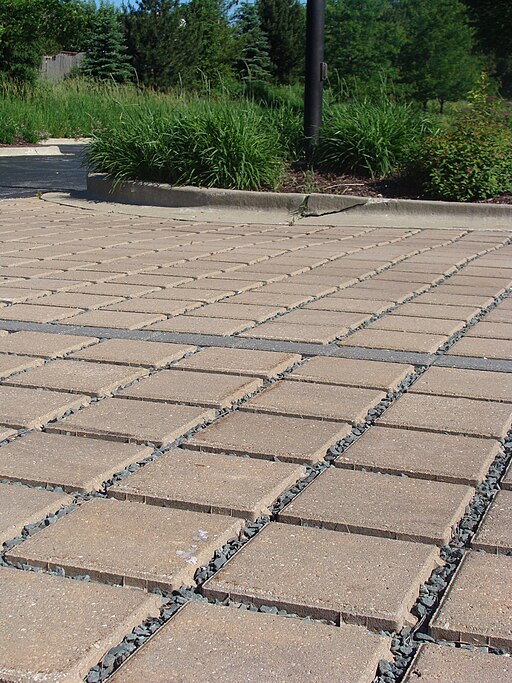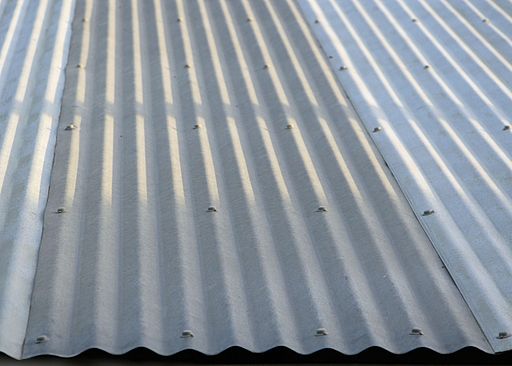Permeable materials allow the passage of substances, while impermeable materials prevent the passage, controlling the flow of liquids, gases, or other elements.
TL;DR Permeable Materials Vs. Impermeable Materials
Permeable materials allow substances to pass through them, such as liquids or gases. They are commonly used in applications that require drainage or filtration, like rain gardens or pervious concrete for parking lots.
Impermeable materials do not allow any substance to pass through them. They are often used in situations where containment is important, like waterproofing membranes or food packaging.
What are Permeable Materials?

Permeable materials are substances that allow the passage of fluids, such as liquids and gases. Their porous structure facilitates the movement and absorption of substances, enabling drainage and filtration. Examples include permeable pavements, allowing water to seep through, reducing surface runoff and promoting groundwater recharge. Permeable materials find applications in construction, landscaping, and environmental conservation, contributing to sustainable practices by managing water flow, preventing erosion, and supporting natural drainage systems.
What are Impermeable Materials?

Impermeable materials are substances that do not allow the passage of fluids, such as liquids or gases. With a dense and non-porous structure, impermeable materials act as barriers, preventing the penetration or flow of substances. Common examples include metals, plastics, and certain types of concrete. Impermeable materials are utilized in construction, waterproofing, and containment applications, providing resistance to water, chemicals, or gases. Their impermeability is crucial in creating barriers that prevent leaks, protect against environmental contaminants, and ensure the integrity of structures or containers.
Applications of Permeable and Impermeable Materials
Applications of Permeable Materials:
Permeable Pavements:
Used in driveways, sidewalks, and parking lots to allow water infiltration, reducing surface runoff and promoting groundwater recharge.
Soil Erosion Control:
Permeable fabrics and materials are employed to prevent soil erosion, stabilize slopes, and promote healthy plant growth.
Landscaping and Gardens:
Permeable materials like gravel and certain soils enhance water drainage, preventing waterlogging and supporting plant health.
Water Filtration Systems:
Permeable materials are used in water treatment systems to facilitate filtration and removal of impurities.
Stormwater Management:
Permeable surfaces aid in managing stormwater runoff, reducing flooding and preventing soil erosion.
Applications of Impermeable Materials:
Waterproofing Structures:
Impermeable materials, such as waterproof membranes and sealants, are applied to buildings, basements, and roofs to prevent water penetration.
Containers and Tanks:
Impermeable materials like metals and plastics are used in the construction of containers and tanks to prevent leakage of liquids or gases.
Swimming Pools and Liners:
Impermeable materials line swimming pools and water containment structures to prevent water seepage.
Chemical Containment:
Impermeable barriers are crucial for containing hazardous materials, preventing their leakage into the environment.
Roofing Systems:
Impermeable roofing materials, such as asphalt shingles or rubber membranes, protect buildings from water infiltration.
Insulation:
Impermeable materials are used in insulation to prevent the passage of moisture, maintaining the thermal efficiency of structures.
Image Credits
Featured Image By – Alexander Henriksen, CC BY-SA 3.0 , via Wikimedia Commons
Image 1 By – Center for Neighborhood Technology from Chicago, USA, CC BY-SA 2.0, via Wikimedia Commons
Image 2 By – HelenOnline, CC BY-SA 3.0 , via Wikimedia Commons







